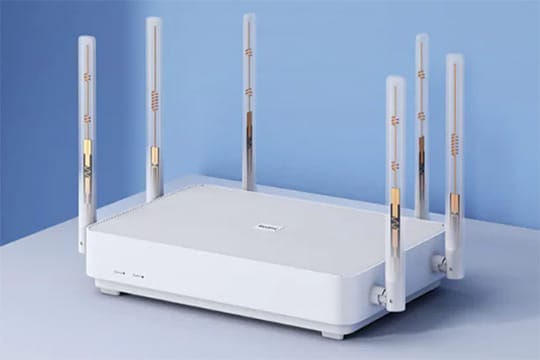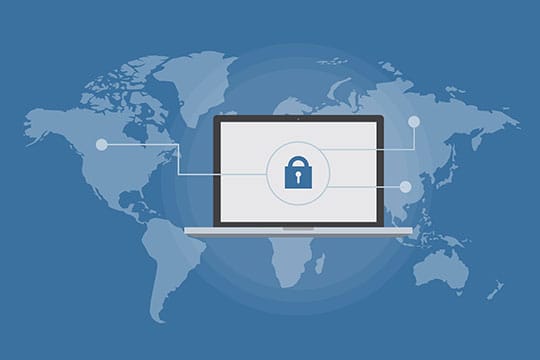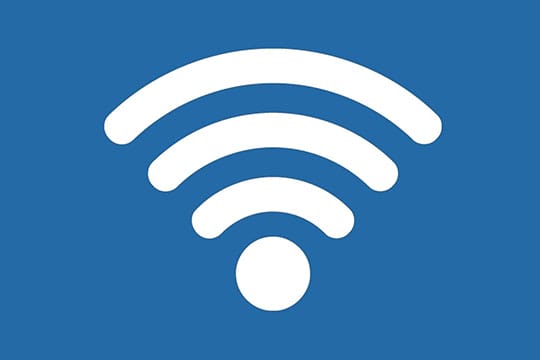Office facilities require constant access to online platforms and tools. Your business is no exception. When it comes to improving office productivity and reducing downtime, you need reliable wireless network connectivity that keeps everyone connected.
Then again, you can’t always expect wireless devices and networks to function properly. If your facility manages more than 50 employees with their own workstations, the high bandwidth demand could lead to drops in connectivity.
In such cases, the solution doesn’t call for added bandwidth. There are more practical ways to enhance wireless connectivity in your office facility regardless of the number of employees you have. Here are some of the best tips for giving everyone quick access.
Do a site survey

Before knowing what improvements, you can pursue in your office facility, you need to conduct a site survey first. You need to have a good understanding of the layout of your wireless network. This is important since you will want to identify potential connectivity challenges and determine the right solutions for addressing these challenges.
Without a wireless site survey, you could be spending time and resources on upgrades that not only reduce coverage but also cause connectivity issues. To avoid such problems, you can hire a third-party wireless service provider that can give an extensive site survey so you’ll know where to get started.
“Doing a site survey can help you maximize the money you spend on improving connectivity as your organization grows. To make sure that you are on the right path to giving employees greater wireless access, consider doing a site survey.” – as nicely explained by Jeremy Edalgo, the Business Development Director at McKinstry Wireless, in one of his recent interviews.
Place your routers strategically

The proper placement of your access points is critical to boosting the quality of your wireless network. Wi-Fi signals can be blocked by dense walls and ceilings, so it’s important to place routers in strategic areas for optimal coverage.
This would be easy if you have a small single-floor office space. However, coverage for an entire office building is a different story. Oftentimes, you will need to place the router in areas where most devices are located. Make sure to pick an area that isn’t enclosed by walls. A good rule of thumb is to mount the router on the ceiling. Wi-Fi signals tend to spread downward, so placing your router in an elevated position helps optimize coverage.
Recommended for you: Voice Commerce Technology: The Future of eCommerce Business.
Set the right frequency

Frequency is basically a metric for measuring how fast data is transferred and received across a wireless network. There are two frequency bands to choose from depending on your connectivity needs.
If your goal is to enhance coverage and ensure the highest wireless speed, opt for a 2.4 GHz frequency band. It works well in penetrating walls, but it’s also prone to disturbance and has a lower data range compared to a 5 GHz frequency band. While it doesn’t provide sufficient distance, a 5 GHz channel offers a greater data range.
Choosing the right frequency band is crucial to improving wireless connectivity in your office space. If you are not sure which one is best, consider the size of your facility. If you have devices in multiple rooms, a 2.4 GHz frequency band should be ideal due to its excellent penetration and distance. In case your entire organization is located on one floor or area, consider maximizing your data range using a 5 GHz frequency band.
Consider adding more hardware to the network

For larger offices, you need to consider upgrading your infrastructure. This is typical for organizations that are expanding in terms of workforce and assets. If your business is growing and your connectivity requirements increase, you need to spend a little extra (or maybe more) for additional hardware.
You can start by allocating a budget for a Wi-Fi booster or range extender. This device creates a secondary network by receiving the signals transmitted by the central or main router. This works well if you have devices in multiple locations.
In case your departments require expanded coverage, opt for a Wi-Fi repeater. Just like an extender, a repeater enhances coverage but at a greater data range. This is because repeaters consist of two or more routers that rebroadcast Wi-Fi signals. The disadvantage is bandwidth reduction. Since a repeater allows routers to share signals, your bandwidth allocation will decrease as a result. This is also a problem if you are opting to install a mesh network in the facility.
Whichever option you pick, you need to know the pros and cons of adding hardware as your workforce grows. Consider asking for advice from a wireless network expert and see which options can help you increase coverage without compromising signal quality.
Lay down network protocols

For the most part, improving your wireless network involves setting limits to how your employees get to use it. Considering that you have multiple devices across your network, employees will be consuming various amounts of data. Your bandwidth decreases as more people access your network.
It’s important that you control your employees’ data habits. Effective gatekeeping is essential to ensuring that your network service is used solely for productive means. When your employees log in to their social media accounts and streaming services, your bandwidth suffers along with office productivity.
To make sure your wireless network is used for what it’s intended, consider blocking websites that are major data gluttons. Apart from social media platforms, you should also consider restricting access to YouTube, Spotify, and other streaming services. You can allow access to these platforms to specific teams such as you’re marketing and branding department.
Controlling who gets to access what is crucial to maintaining the integrity of your wireless network. Have your IT team monitor user access and block platforms that will increase Wi-Fi usage. That way, you can reduce sudden drops and maximize Wi-Fi usage for what matters.
Update your firmware

When it comes to ensuring better wireless connectivity, you need to make sure your office infrastructure is up-to-date. The best way to do that is to audit your network and see if there is a need to update your firmware.
To put it simply, firmware is a piece of software that runs your router. It’s an important part of keeping your hardware up to speed. Manufacturers roll out updates that are designed to improve functionality. Watching out for these updates is important to improving connectivity and security.
You need to check with the manufacturer’s website for announcements regarding the latest firmware updates. Certain routers, however, feature a built-in system that downloads updates automatically.
It’s important to make sure that each access point is upgraded. That way, you can improve the performance of your wireless network and fix bugs that may cause connection drops.
Keep your network secured

Maintaining your wireless network also requires investing in cybersecurity. Hackers today are exploiting every possible weak spot you have. If you are not ready for a data breach, you could lose large amounts of information and risk damage to your network.
Part of improving your network is ironing out any potential weak spots that will compromise data security. For this reason, make sure to set up firewalls and scan your network for malware.
Conducting a cybersecurity audit will provide you with a comprehensive plan for securing your wireless network. Have a third-party service provider to help you analyze your security posture and recommend action plans that will keep your infrastructure safe.
Cybersecurity goes hand in hand with connectivity. Cybercriminals may find ways to sabotage your network and obtain sensitive information about your business, customers, and employees. What’s more, a cyberattack will cause widespread damage to your wireless network. The cost of recovery would be higher than doing an audit on your security postures.
Set up a guest network

If your facility is accepting guests, make sure you have a separate network for them to use. You wouldn’t want visitors to access the same network as your employees. Not only does this needlessly expose sensitive data, but it also reduces the bandwidth that employees are using. If a person streams a video in HD, your employees may experience disturbance while they are in the middle of an online task.
In this case, a better option would be to set up a guest wireless network that can be accessed through a pre-shared key or a key that expires after a certain period of time. That way, visitors can browse within your facility without having to disrupt office operations.
You may also like: 11 Ideas to Change Our World with Future Technology.
Upgrade your Wi-Fi

The field of wireless technology is evolving. The hardware is getting better and faster over time. Adapting to the latest tools will help you stay current as you add more people to the workforce and improve your production line. At present, upgrading your Wi-Fi to 802.11ax (Wi-Fi-6) is crucial if your enterprise specializes in big data and software development.
Improving your wireless network is a great way to improve productivity. It’s also an essential part of business scalability. If you are aiming to expand your business across borders and industries, consider these approaches to giving everyone a reliable network that enhances efficiency.






